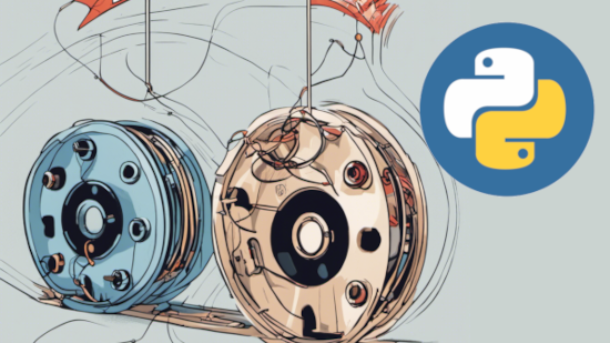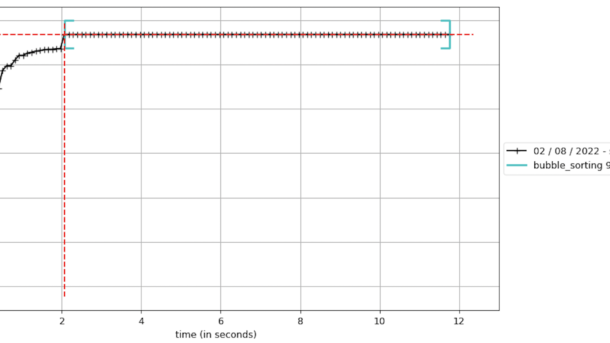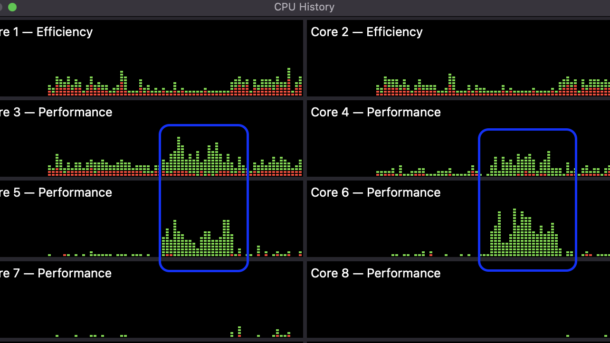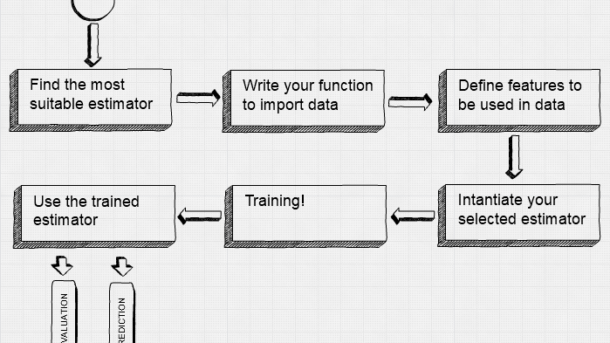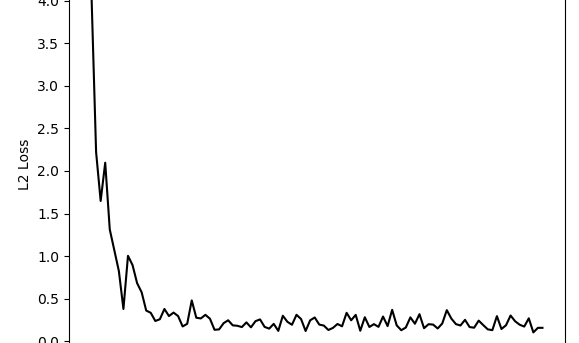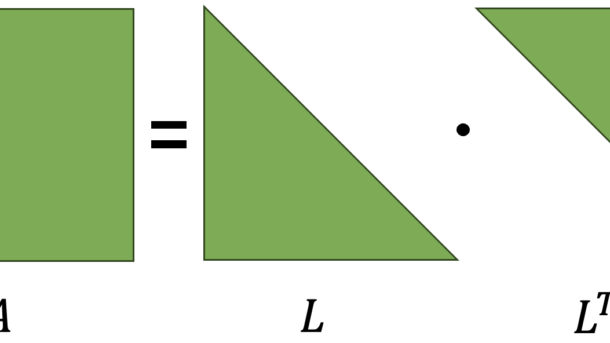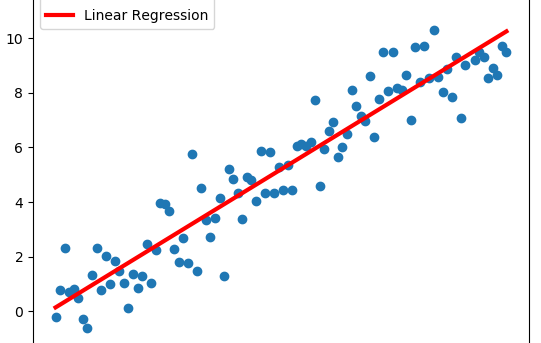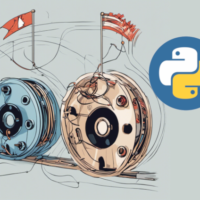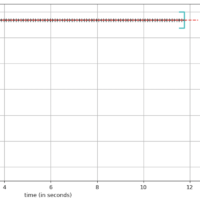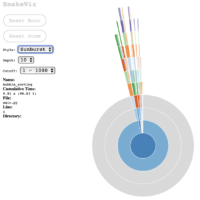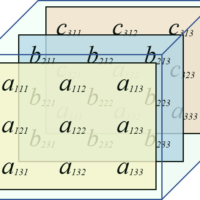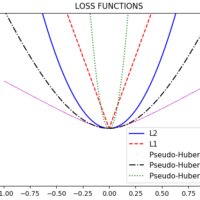Introduction Hello, asyncio enthusiasts! If you’ve been following along, you’ll remember that we recently dived into the basics of Python’s asyncio library in our previous blog post. We explored the fundamentals like coroutines, tasks, and event loops, and even touched on some best practices and debugging techniques. But as promised,...
Continue reading...python
‘asyncio’ tutorial for the programmer in a hurry
Introduction In the evolving world of Python programming, understanding the asyncio library is becoming increasingly important. asyncio allows for asynchronous, concurrent, and parallel programming in a language that was traditionally synchronous and single-threaded. As Python applications grow in complexity and depend on I/O-bound tasks like web requests or database calls,...
Continue reading...Transformers: how do they work internally?
Table of Contents Introduction The Transformer is currently one of the most popular architectures for NLP. We can periodically hear news about new architectures and models based on transformers generating a lot of buzz and expectations in the community. Google Research and members from Google Brain initially proposed the Transformer...
Continue reading...Python Profiling – Memory Profiling (Part 3, Final)
Table of Contents memory_profiler PySpy DISassembling Final Recommendations memory_profiler Similar to line_profiler, memory_profiler provides detailed memory usage measurements, with the aim of efficiently reducing memory consumption and optimizing memory usage to improve application performance.. ⚠️ Before starting using this tool, it is important to mention the impact on the execution...
Continue reading...Python Profiling – cProfile and line_profiler Tools (Part 2)
Table of Contents cProfile SnakeViz, for cProfile insights Line-by-line Profiling About @profile decorator Other useful tools gprof2dot Pyinstrument Conclusion Appendix Install with pip or conda cProfile The Python standard library includes the profile tool by default; however, it additionally includes cProfile, which is an optimization of profile written in C....
Continue reading...Python Profiling – Time Profiling (Part 1)
Table of Contents Introduction Time Profiling Tools functools.wraps timeit module time / gtime Conclusion Introduction Many times, the code we write requires optimizations, and profiling helps us find the problematic sections of code, investing the least amount of work on fixing the issue, while aiming for the goal of gaining...
Continue reading...TensorFlow High-Level Libraries: TF Estimator
TensorFlow has several high-level libraries allowing us to reduce time modeling all with core code. TF Estimator makes it simple to create and train models for training, evaluating, predicting and exporting. TF Estimator provides 4 main functions on any kind of estimator: estimator.fit() estimator.evaluate() estimator.predict() estimator.export() All predefined estimators are...
Continue reading...TensorFlow Way for Linear Regression
In my two previous posts, we saw how we can perform Linear Regression using TensorFlow, but I’ve used Linear Least Squares Regression and Cholesky Decomposition, both them use matrices to resolve regression, and TensorFlow isn’t a requisite for this, but you can use more general packages like NumPy. One of...
Continue reading...Cholesky Decomposition for Linear Regression with TensorFlow
Several years have already passed since the onset of the Deep Learning boom. I have witnessed impressive achievements like ChatGPT and Midjourney, however, I am still amazed at how traditional methods like Cholesky decomposition remain extremely useful and efficient. Particularly, for tasks like Linear Regression, this method stands out due...
Continue reading...Linear Least Squares Regression with TensorFlow
Linear Least Squares Regression is by far the most widely used regression method, and it is suitable for most cases when data behavior is linear. By definition, a line is defined by the following equation: For all data points (xi, yi) we have to minimize the sum of the squared...
Continue reading...
